In the center of Tokyo, there is the Imperial Palace ground. It used to be Edo castle until 1967. The history of Edo castle is very interesting. I often guide foreigners here and introduce some of its history.
The following is the history and some remains of Edo castle.
1. History
(1) Early stage
The first Edo Castle was built in 1457 by Ota Dokan. After that, Edo Castle became one of the subsidiary castles of the Hojo clan, but after the Hojo clan was destroyed, Tokugawa Ieyasu entered Edo Castle in 1590.
16th century Japan was in the Warring States Period. The country was split into dozens of independent states constantly at war. At the beginning of the 17th century, Tokugawa Ieyasu won many battles, unified the country. He became shogun, and established the Edo Shogunate in Edo, today’s Tokyo.
(2) Renovation by Tokugawa Ieyasu
Tokugawa Ieyasu also planned the renovation of Edo Castle, summoned feudal lords from all over the country, assigned them areas to be renovated, and had them carry out the work. As a result, the stone walls vary in places, with some being neat and others somewhat rough.
Because it was a very large-scale renovation, it was not until 1636, about 30 years after the renovation began, that the entire Edo Castle was finally completed. Edo Castle became the largest castle in Japan, and a majestic castle that demonstrated the power of the Tokugawa Shogunate.

(3) Edo Era
The Edo Shogunate ruled stably for 250 years. During this time, the country was at peace, and Japan developed a unique culture, including kabuki and ukiyo-e.
(4) Meiji Era
The Meiji Restoration in 1868 brought an end to the 270-year history of the shogunate. Edo Castle was handed over to the Meiji government. When the capital was moved from Kyoto to Tokyo, Edo Castle became the residence of the emperor and came to be known as the Imperial Palace.
2. Gates
You can see remains of Edo castle such as some gates. Otemon gate below is one of them. When you visit the Imperial Palace East Gardens, you have to go through a security check by police officers at the gate.
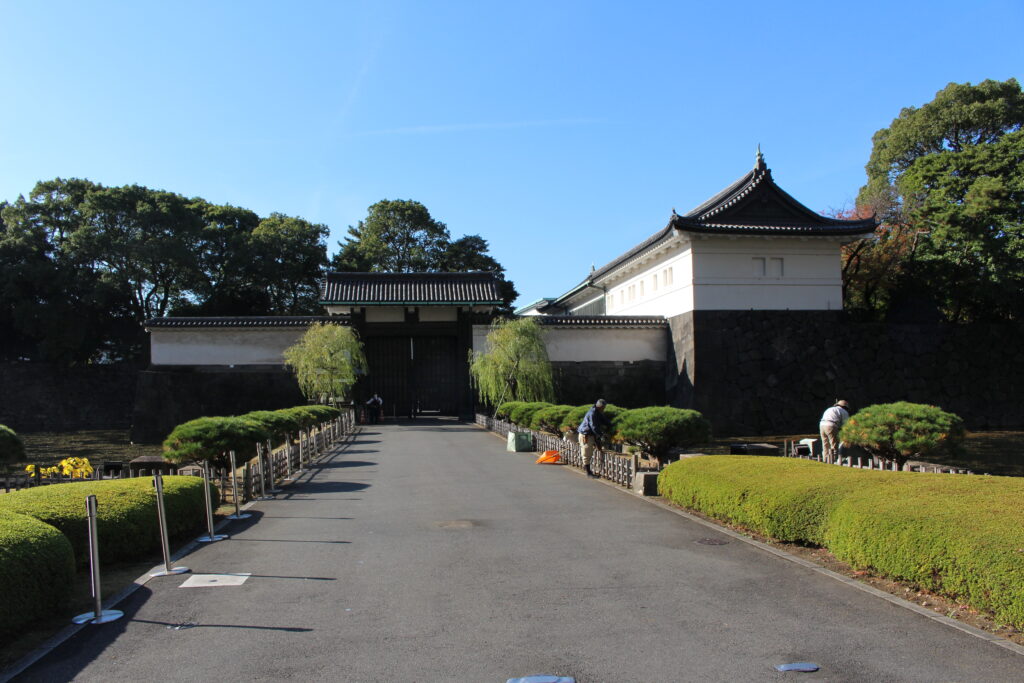
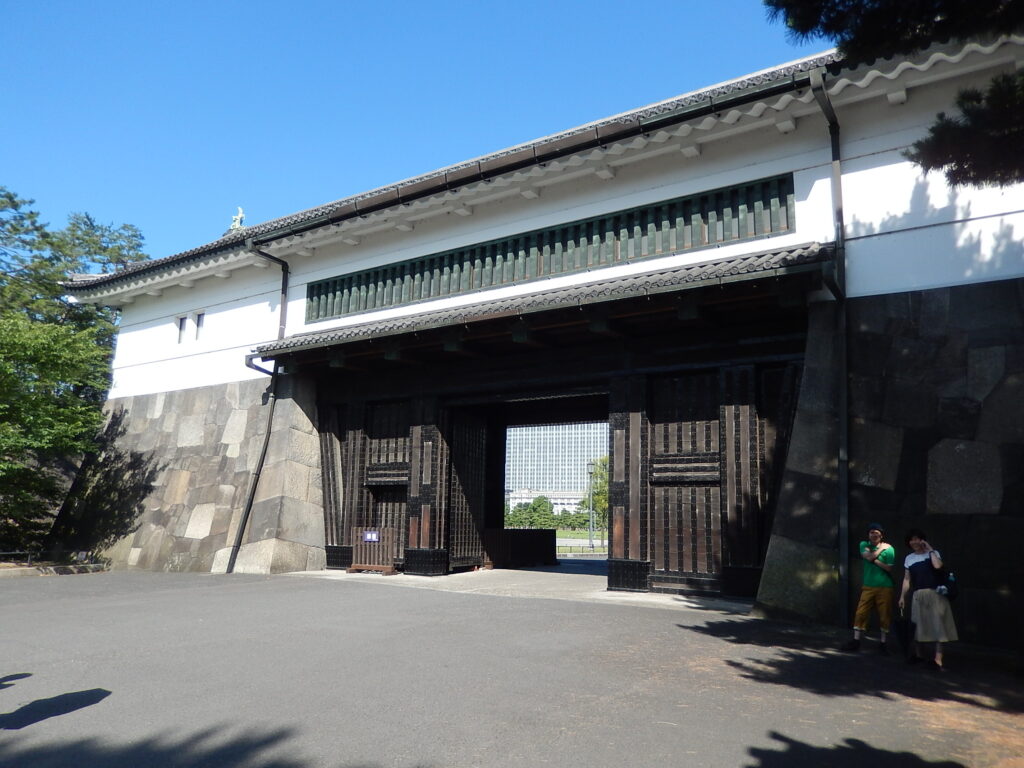
3. Moats
For defense, many moats were built around Edo Castle. The moats were connected in a spiral shape and connected to the sea. They also served as canals to transport goods by boat. The outer moat was 14 km long, and it is amazing that it was built by hand in an era without heavy machinery. Currently, parts of the moat have been filled in and used for roads, etc., and it no longer connects to the sea.
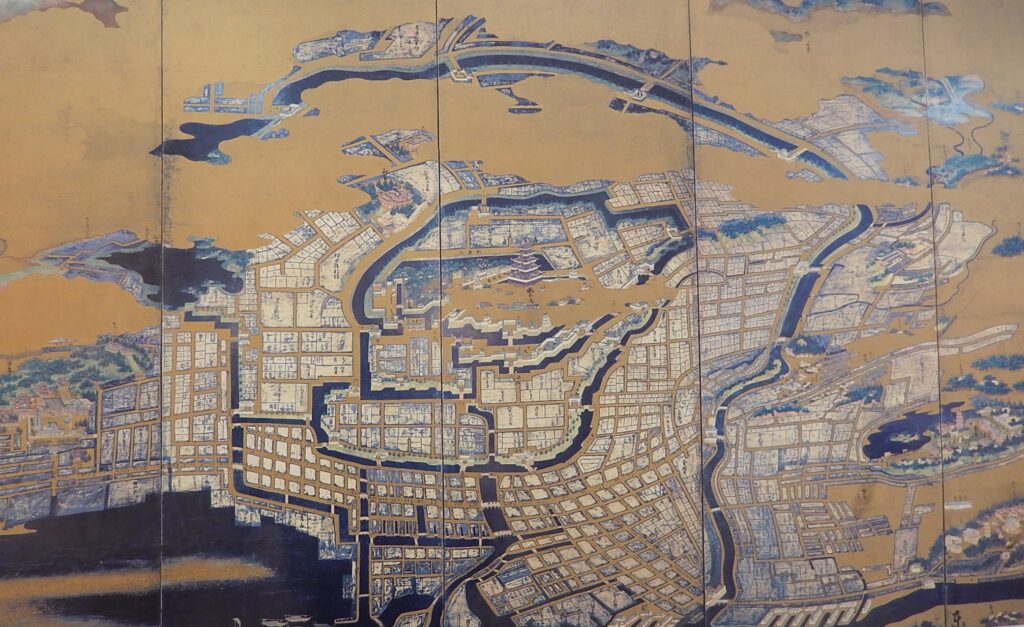
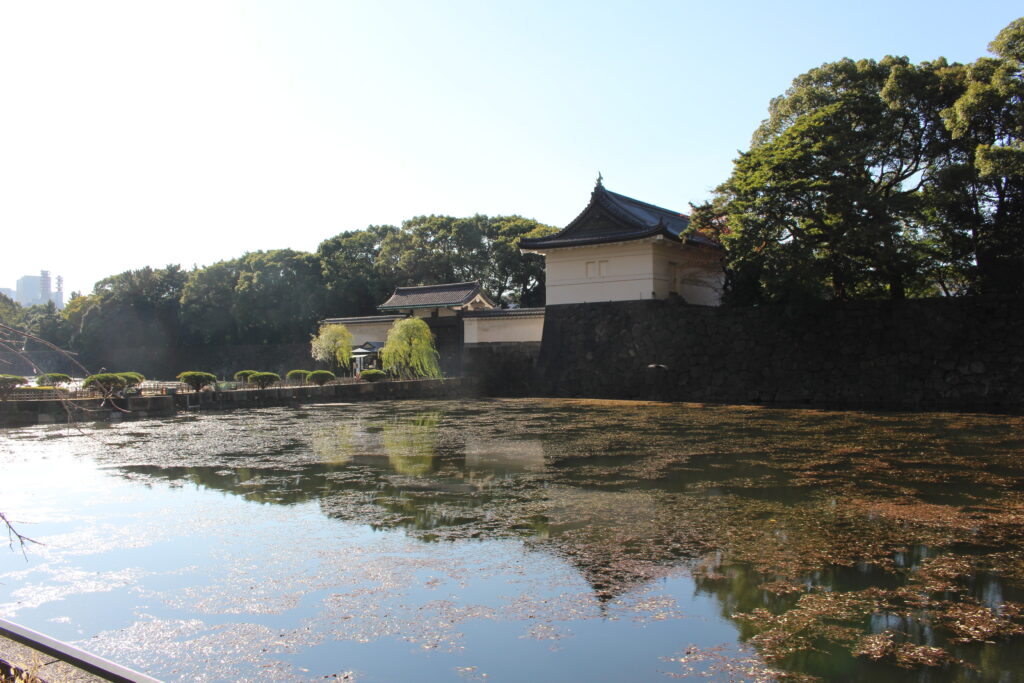
4. Gardens
To the east of Edo Castle was a place called Ninomaru, which is now a Japanese garden. This garden is a typical Japanese garden. Pine and other trees are planted around the pond to create a natural landscape.
In spring, cherry blossoms and azaleas are beautiful, and in summer, irises are vibrant. In autumn, the maples turn bright red, and the evergreen trees are beautiful even in winter.

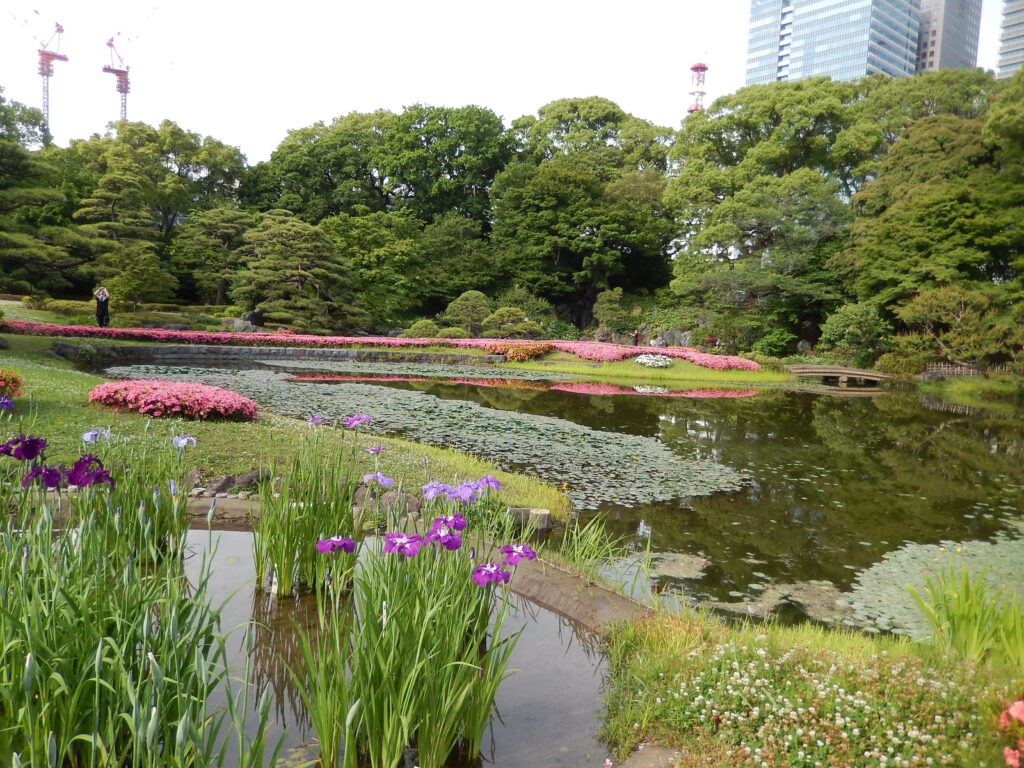
5. Reference
(1) The pamphlet of Imperial Palace East Gardens
(2) My blog “Defense of the Edo castle by old wisdom, Feng Shui“
Map
Eddy Murayama, a member of iTWS japan LLP
e-mail: eddy.murayama@i3ws.co.jp
